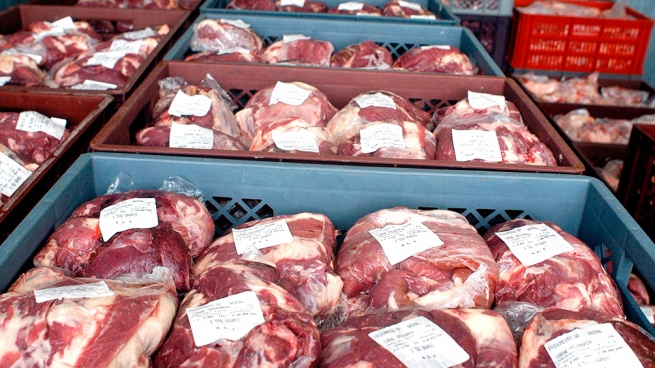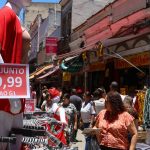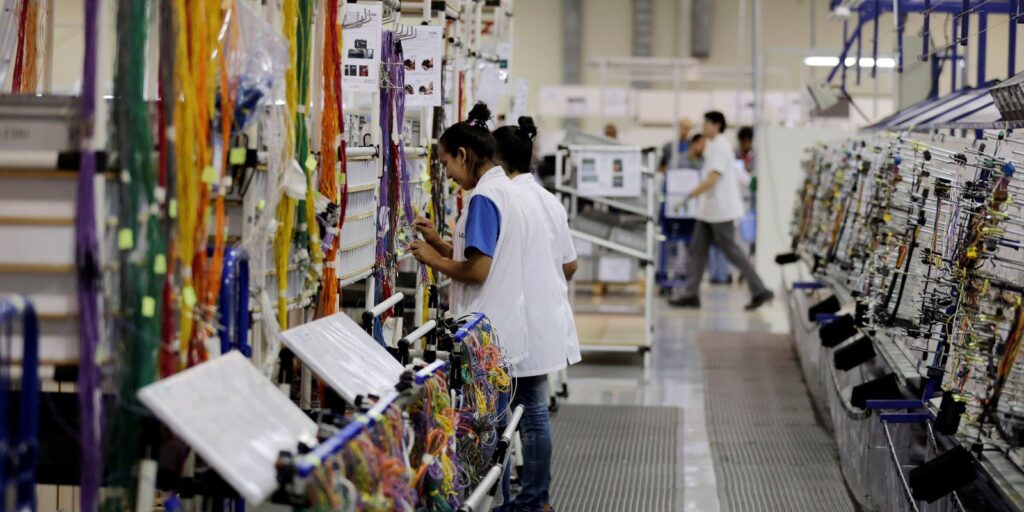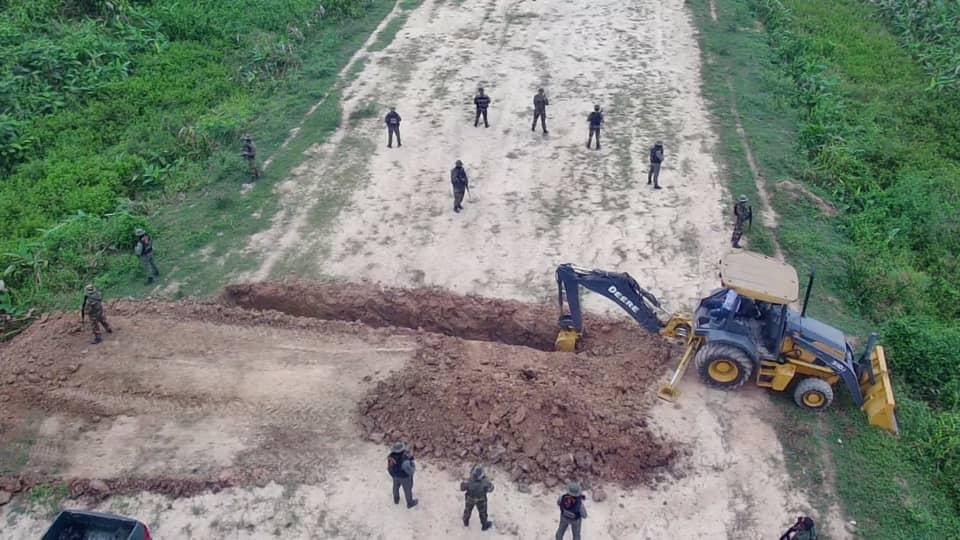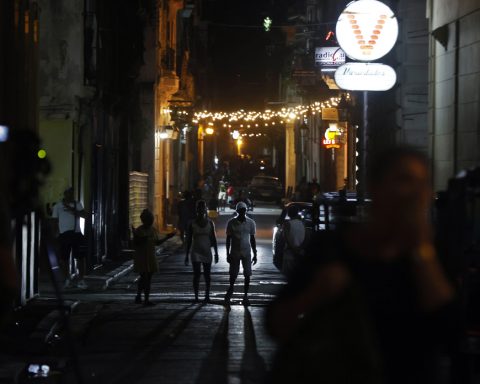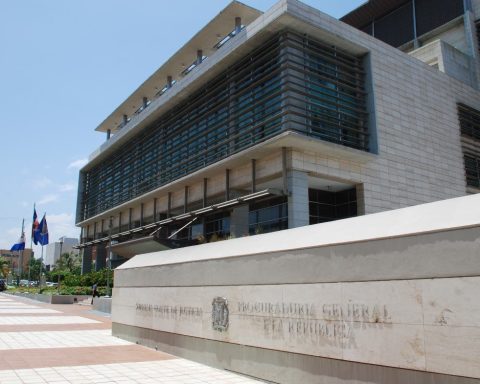The price of export meat corresponding to the Hilton Quota, of high-quality chilled boneless beef cuts assigned by the European Union (EU), reached US$ 16,800 a ton this monthits highest value in 10 years.
This follows from the latest report from the Association of Exporting Producers of Argentina (APEA), which stated that the cuts called RAL Hilton (loin, narrow steak and rump) were located in March at US$ 16,800 per ton.
This means an increase of 8.38% compared to the US$ 15,500 that the ton was in Februaryprior to Russia’s invasion of Ukraine, but also represents a 60% rise compared to the US$10,500 at which it was trading a year ago.
In addition, it ranks as the highest value in the last 10 years, since the last time the price was above US$16,000 was in 2011 when it reached US$19,000.
In any case, the record for the Hilton Quota ton of meat was set in 2008 when it was worth US$21,000.
For the current period, which runs from July 1 last year to June 30 next, the Ministry of Agriculture distributed 29,389 tons.
Of that total, until this Tuesday, 20,576 tons had been placed on the European market, that is, 70% when there are still three months left to complete the period, according to Agriculture numbers.

Hilton Quota exports registered so far represent a total of US$ 245 millionwith an average value of US$ 11,904.25 per ton.
Taking into account that 8,813 tons remain to be placed, if the current value were maintained, another US$ 148 million would enter, with which the foreign exchange for these exports would exceed US$ 393 million.
This figure would exceed by US$ 55 million the initial estimates of US$ 338 million in income when the quota was distributed, at the beginning of August last year, and the ton was US$ 11,500.
According to the survey carried out by the Undersecretary of Agricultural Markets, In the 2020/21 cycle, 91% compliance with the quota was achieved, a very good execution given the environment of uncertainty prevailing in the global market due to the coronavirus pandemic.
On this occasion, the quota for the EU went from 29,500 tons in 2020/21 to 29,389 tons, since 111 were transferred to the United Kingdom after it left the EU.

Who are the exporters
For the current period, Agriculture granted the awardees Quickfood and Marfrig on the one hand, and Frigorífico Alberdi and Carnes Pampeanas on the other, the treatment of Economic Group for the purpose of determining the corresponding Hilton Quota tonnage.
For the industry category, 33 refrigerators were selected, among whom 24,983.056 tons were distributed.
The Sociedad Anónima Importadora y Exportadora de La Patagonia, known as La Anónima and owned by the Braun family, whose member Miguel Braun was Secretary of Commerce of the Government of Mauricio Macri, was the main beneficiary with 2,317,092 tons.
They are followed by Swift, with 2,100.786 tons; Friar, with 2,034,668; Quickfood, with 1,763,406; Gorina, with 1,668.362; River Plate, with 1,659,650; Pampean Meats, with 1,398,815; Arrebeef, with 1,355,922; Bernal Company, with 1,263,631; Coto, with 1,189,351 and Ecocarnes, with 852,041.
The list includes Achievements, with 845,435 tons; Frimsa, with 811,949; Marfrig, with 781,606; Rafaela Alimentos, with 686,844; Blue Natural Beef, with 678,197; Black Bamboo, with 675,005; Forres Beltrán, with 570,775; Alberdi refrigerator, with 382,404; Cattermeat, with 292,685; Santa Giulia, with 270,154; and General Pico, with 247,862 tons.
Eleven refrigerators close the register of Hilton exporters with quotas ranging from 50 to 217,874 tons.
For the category of joint projects, 28 associations of breeders and small and medium-sized rural establishments dedicated to raising cattle were selected, among whom 2,682,703 tons were distributed.
In addition, the 1,000 tons for five new industries that access the quota for the first time, and the 100 tons for another five new joint projects, adding the provinces of Entre Ríos and Santiago del Estero, were fully completed.
On the other hand, in the Industry category, two freely available funds have been set up in order to stimulate improvement by the beneficiaries and access greater export volumes.
In this sense, one of the funds corresponds to the provinces of the Pampas region, with 40% of the total, and the other 60% for the provinces outside the Pampas and further away from the ports and logistics centers.
